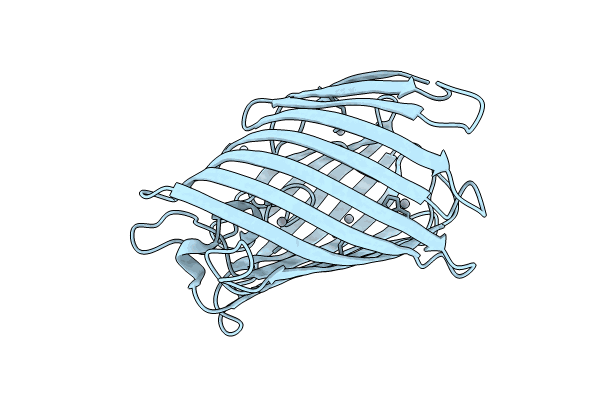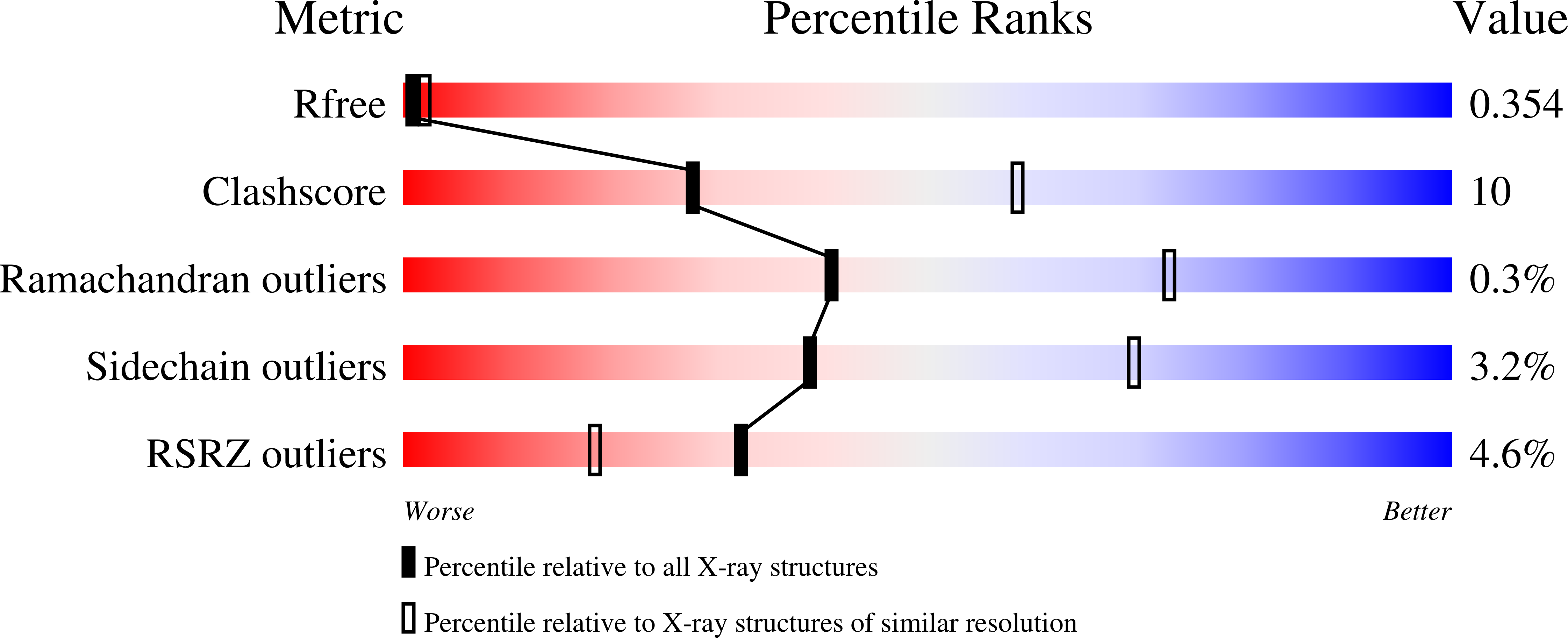
Deposition Date
2023-10-27
Release Date
2024-06-26
Last Version Date
2024-07-17
Entry Detail
PDB ID:
8US4
Keywords:
Title:
C2221 Crystal structure of TamA (Barrel only) from Pseudomonas aeruginosa at 3.15 Ang
Biological Source:
Source Organism:
Pseudomonas aeruginosa PAO1 (Taxon ID: 208964)
Host Organism:
Method Details:
Experimental Method:
Resolution:
3.15 Å
R-Value Free:
0.35
R-Value Work:
0.3
Space Group:
C 2 2 21


